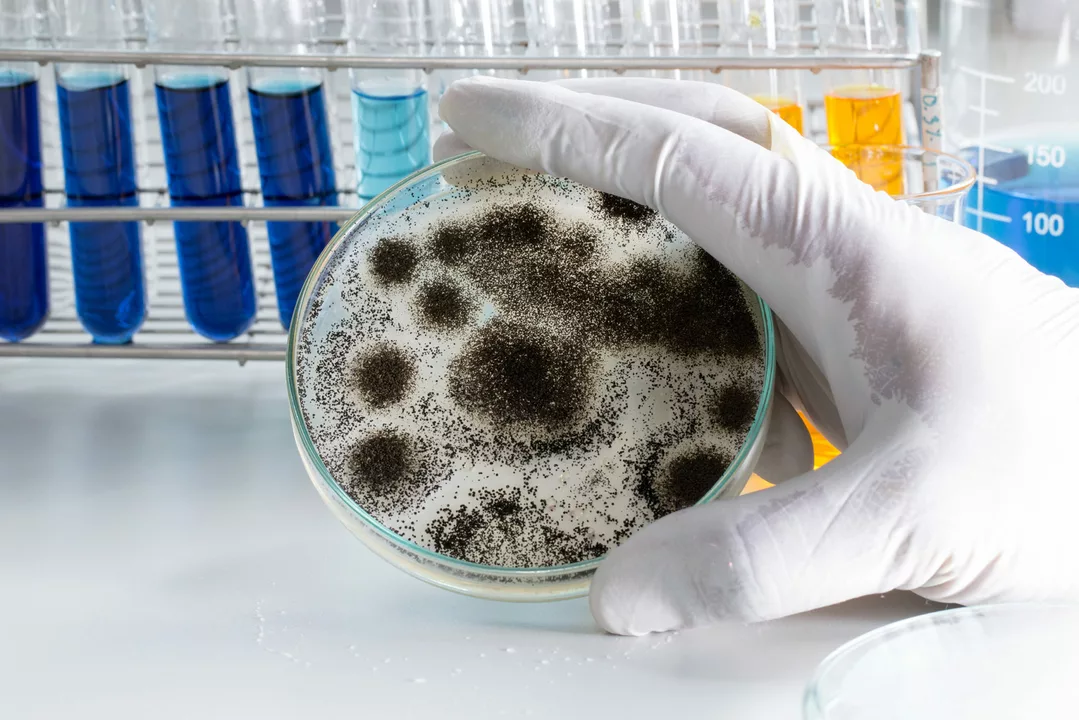Fungal infections: quick, practical guide to signs, treatment, and prevention
Fungal infections look minor at first—redness, itch, flaky skin—but left alone they can spread and bother you for weeks. I’ll give you clear signs to watch for, how common treatments work, and simple steps you can use today to stop them from coming back.
What to expect and common types
Skin and nails are the usual targets. Athlete’s foot causes itching, burning and cracked skin between toes. Ringworm shows a round, scaly patch with a clearer center. Jock itch hits groin folds and is itchy and inflamed. Yeast infections (Candida) affect mouth, genital areas, and skin folds with soreness, white discharge or bright red rash. Nail fungus makes nails thick, discolored and crumbly.
Fungal infections thrive in warm, moist places. Tight shoes, sweaty clothes, shared locker rooms, and antibiotics that disrupt normal microbes all raise your risk. Even small skin cuts or conditions like diabetes can make things worse.
Treatment that works
Most mild skin infections respond well to topical antifungal creams, sprays, or powders. Look for terbinafine, clotrimazole, or miconazole on the label. Apply as directed and keep using for the full time recommended—even after the rash looks gone—to prevent relapse.
If the infection is large, in nails, or keeps returning, a doctor may suggest oral antifungal pills like terbinafine or fluconazole. These work better for tough cases but come with more side effects and sometimes require a brief blood test before you start. Follow instructions, and tell your provider about other medications you take.
For yeast infections in the mouth or genitals, antifungal lozenges or vaginal tablets can clear symptoms fast. If you get frequent yeast infections, your doctor will want to find underlying causes—blood sugar, hormones, or immune issues.
Don’t try to “tough it out” if the rash spreads, if you have a fever, or if a nail infection worsens. Early medical treatment cuts recovery time and avoids complications.
Simple prevention beats repeated treatments. Dry your skin thoroughly after showering, wear breathable cotton socks and shoes that let air circulate, change damp workout clothes quickly, and avoid walking barefoot in public showers unless you use shower sandals. Use antifungal powder in shoes if you sweat a lot.
If you have diabetes or a weakened immune system, be extra cautious and check your feet daily. Nail care matters—trim nails straight, avoid aggressive manicures at shared salons, and treat small fungal patches early.
Fungal infections are common and usually treatable. Spot signs early, use the right antifungal for the problem, and follow simple hygiene habits to keep them from coming back. If you’re unsure, a quick visit to your pharmacist or doctor can save time and stop complications.
